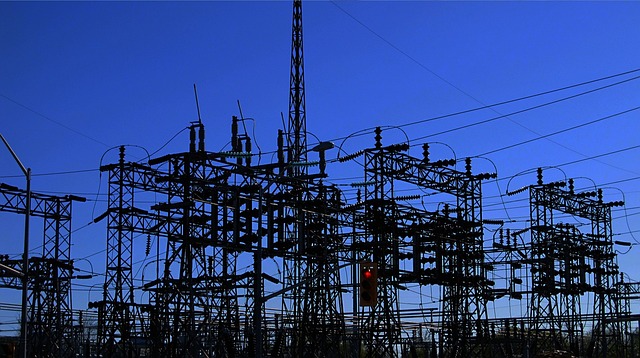An electrician is essential for installing and designing smart home systems, seamlessly integrating advanced technology with electrical infrastructure. They collaborate with clients to create tailored solutions featuring automated lighting, temperature control, security cameras, and energy-efficient practices. Through strategic planning, expert installation, and safe wiring, electricians transform living spaces, offering enhanced comfort, convenience, and security, all accessible through smartphone or voice commands.
Looking to transform your home with smart technology? This comprehensive guide unravels the world of smart home systems, offering a beginner’s understanding of automation and security solutions. Learn how an electrician plays a pivotal role in installing and integrating these systems seamlessly. Discover benefits ranging from convenience to enhanced safety. We’ll walk you through the step-by-step process, from initial planning to final activation, ensuring a smooth journey towards a smarter, safer home.
- Understanding Smart Home Systems: A Beginner's Guide
- The Role of an Electrician in Installing and Integrating Smart Technology
- Benefits and Features: Automation and Security Solutions for Your Home
- Step-by-Step Process: From Planning to Activation
Understanding Smart Home Systems: A Beginner's Guide

Smart home systems have transformed the way we interact with our living spaces, offering unparalleled automation and security features. As a beginner, understanding these systems can seem daunting, but it’s simpler than you think. At their core, smart home devices communicate through a central network, allowing you to control and automate various aspects of your home—from lighting and temperature to security cameras and locks—using just your voice or a smartphone app.
An electrician plays a vital role in installing these systems, ensuring that the wiring and components are correctly integrated into your home’s infrastructure. They help select compatible devices, design an efficient network layout, and install sensors, switches, and other hardware. By collaborating with a qualified electrician, you can create a smart home environment that enhances comfort, convenience, and security while staying within your budget.
The Role of an Electrician in Installing and Integrating Smart Technology

When it comes to installing smart home systems, an electrician plays a pivotal role in ensuring seamless automation and enhanced security. These professionals are equipped with the technical expertise necessary to integrate advanced technology into existing electrical infrastructures. They work closely with clients to understand their specific needs and design tailored solutions that meet their requirements for both convenience and safety.
The electrician’s skill set encompasses a deep knowledge of wiring, circuit design, and the latest smart home protocols. They install and configure devices such as intelligent thermostats, lighting controls, security cameras, and automated door locks, ensuring these components communicate effectively with each other and central control systems. Moreover, electricians are crucial in addressing the power demands of smart technology, ensuring adequate electrical capacity and safely managing high-voltage components where necessary.
Benefits and Features: Automation and Security Solutions for Your Home

Smart home systems are transforming the way we live, offering a range of benefits that go beyond convenience. For homeowners looking to enhance their living space, an electrician can install automation and security solutions that provide peace of mind and comfort. These systems allow you to control lighting, temperature, and appliances remotely via your smartphone, tablet, or voice commands.
Imagine coming home after a long day to a preheated house, with the lights turning on as you enter, and your favorite music playing softly in the background. Alternatively, these advanced systems can ensure your home’s security by sending alerts when motion is detected, allowing you to monitor live video feeds from anywhere, and even automate responses for energy efficiency and cost savings. A qualified electrician can tailor these features to your specific needs, making your home smarter, safer, and more sustainable.
Step-by-Step Process: From Planning to Activation

The journey towards a smart home begins with meticulous planning, where an electrician assesses your space and identifies areas for automation and security enhancements. They’ll consider factors like lighting layouts, appliance integration, and security points, designing a tailored system to meet your needs. This initial step is crucial as it ensures every component is strategically placed, maximizing efficiency and convenience.
Once the plan is finalized, the electrician proceeds with installation. This involves routing cables, installing smart devices like switches, thermostats, and cameras, and configuring them to communicate seamlessly with a central control panel or mobile app. Throughout this process, they ensure proper wiring and grounding for safety, testing each new connection meticulously. The final activation marks the successful completion of the project, empowering you to take control of your home’s automation and security.
When it comes to transforming your home with smart technology, an experienced electrician is essential. They play a pivotal role in seamlessly integrating various components, ensuring your system functions flawlessly. From initial planning and design to final activation, their expertise guarantees a smooth installation process. With a professional electrician by your side, you can unlock the full potential of smart home automation while enhancing security measures, making your living space more efficient, comfortable, and secure.
